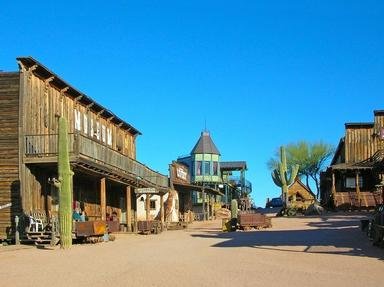Quiz Answer Key and Fun Facts
1. What were Conestoga wagons named after?
2. Conestogas came in three sizes (small, medium, and large). How many tons could a Large Conestoga carry?
3. The lead horse on a Conestoga was on the left and the driver sat on the left hand side of of the seat (on what was called a 'lazy board') holding the reins. When passing another wagon, the driver pulled to the right hand side of the road. This is believed to be where automobile driving on the right developed in the United States.
4. All Conestoga wagons are covered; all covered wagons are Conestogas.
5. Going down hills was difficult for all wagons, but Conestogas had a rudimentary form of brakes. The driver pulled a five foot long iron lever forward that pressed something against the wheels. What was it?
6. The horses that pulled the Conestoga needeed to be big and sturdy. A special breed of horse was used solely for Conestogas. What was it called?
7. If a wagon owner did not have Conestoga horses, he could use what other kind of animal to pull the wagon?
8. To get the horses to turn to the right, a teamster would yell "Gee!" What did he yell when he wanted to turn left?
9. Each Conestoga wagon horse wore a set of bells hanging from an arch that was attached to his collar. The horses in front, including the Leader, had five bells, those in the middle had four bells, while the ones closest to the wagon had three bells. What expression still in use today came from this arrangement?
10. It's evening and the Conestoga wagon driver is tired. He sees a tavern and decides to spend the night there. Of course, he has a few drinks with his friends and soon runs up a bill. What expression was used to warn him that he had better have enough money to pay that bill?
Source: Author
lompocjoe
This quiz was reviewed by FunTrivia editor
bloomsby before going online.
Any errors found in FunTrivia content are routinely corrected through our feedback system.
